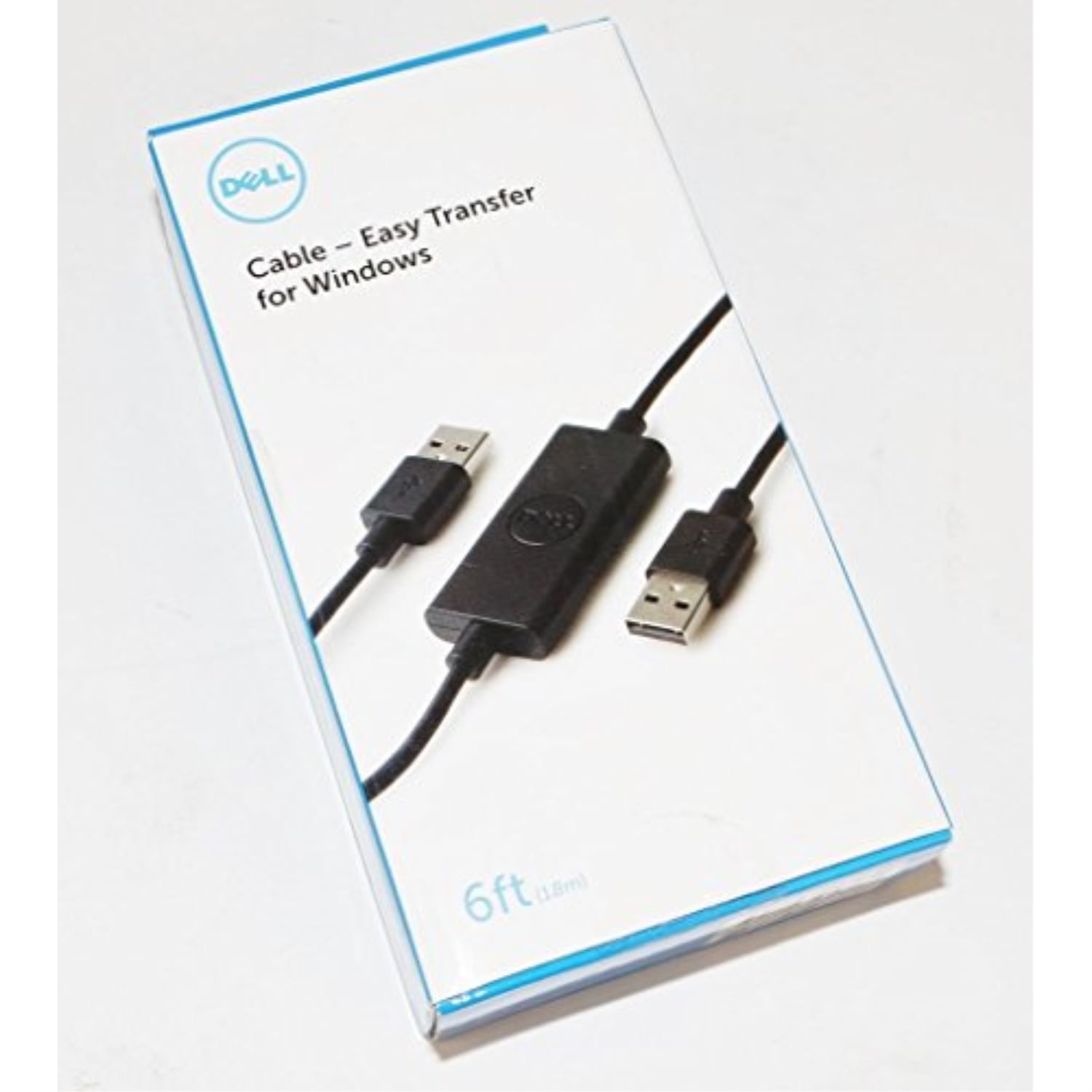

Governance body Nacha oversees the ACH network Wire transfers are instant and virtually impossible to reverse after clearance, creating higher risk for sendersĬonducted within the United States similar transfers are possible internationally, but are performed by other bank-to-bank networks Transfers through the ACH network pose little risk for payers Payment from a bank account, credit card, debit card, or online payment service What is the Difference Between Wire Transfer and ACH?įunds are in a pending status until cleared (up to 3 days)įar more cost-effective than wire transfers businesses can pay flat fees, percentage fees, or batch feesįees up to $100, depending on location and institution Wire transfers are often used for one-time payments of substantial amounts (e.g., down payments for real estate).

Using a secure transfer system, a bank sends wire instructions to a recipient’s institution, including payee contact information, payment amount, and payee routing and account numbers. What is a Wire Transfer?Ī wire transfer is a direct, point-to-point transaction between two financial institutions. The processor sends a payment request to the payer’s bank, which makes the scheduled bill payment.Īdditionally, ACH transfers are used for benefits payments, business-to-business payments, claims payments, and tax refunds. In this instance, the payer’s bank sends ACH information to a service provider-a utility, for example-and that vendor passes the files to an ACH processor. After the RDFIs process the payments, employees can access the funds in their accounts.ĪCH transfers are also used for automated payments of regular monthly bills.

The ODFI debits the company’s account and sends credit notifications to receiving depository financial institutions (RDFIs) or the banks with which company employees maintain accounts.

In coordination with the company’s bank, or originating depository financial institution (ODFI), the processor shares payroll payment information with the ACH network. How ACH Transfer WorksĪ standard ACH payroll process begins when a company sends payroll payment requests to a partner for processing. Transforming the previous process of payment by check into a more efficient digital workflow, ACH provides the foundation for automated bill pay, direct deposit, payroll processing, and peer-to-peer payment platforms (e.g., PayPal, Venmo, and Zelle). A processor handles these requests in batches, typically completing transactions within several days. In an ACH payment transaction, a business submits a request for the transfer of funds from its bank account to recipient accounts. But do you know the difference between the two methods? When should your business make ACH payments, and when are wire transfers a better option? What is an ACH Payment?ĪCH payments are digital transfers processed by financial institutions within the Automated Clearing House (ACH) network-or ACH remit network-comprising more than 10,000 banks and credit unions throughout the United States. ACH transactions and wire transfers both allow businesses to safely and reliably make electronic payments and move funds.


 0 kommentar(er)
0 kommentar(er)
